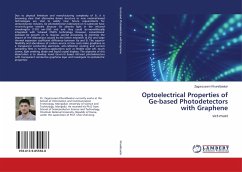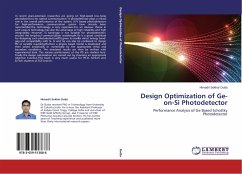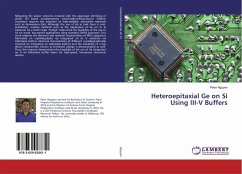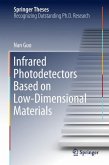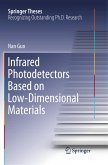Due to physical limitation and manufacturing complexity of Si, it is becoming clear that alternative device structure or new material-based technologies are vital to satisfy near future requirements for semiconductor industry. Ge photodetectors fabricated on Si substrate have recently great interest because Ge absorbs light in the infrared wavelengths (1310 nm-1550 nm) and they could be monolithically integrated with Si-based CMOS technology. However, conventional epitaxial Ge growth on Si requires careful processing to minimize the impact of the dislocations caused by the lattice mismatch (4.2%) and large thermal expansion coefficient difference between Ge and Si. The superior flexibility and abundance of carbon source at low costs make graphene as a transparent conducting electrode, anti-reflection coating and current spreading films in numerous applications such as flexible solar cell, touch screen, light emitting diode and liquid crystal displays. The objective of this dissertation is to develop novel Ge-on-Si based infrared photodetectors with transparent conductive graphene layer and investigate its optoelectric properties.

